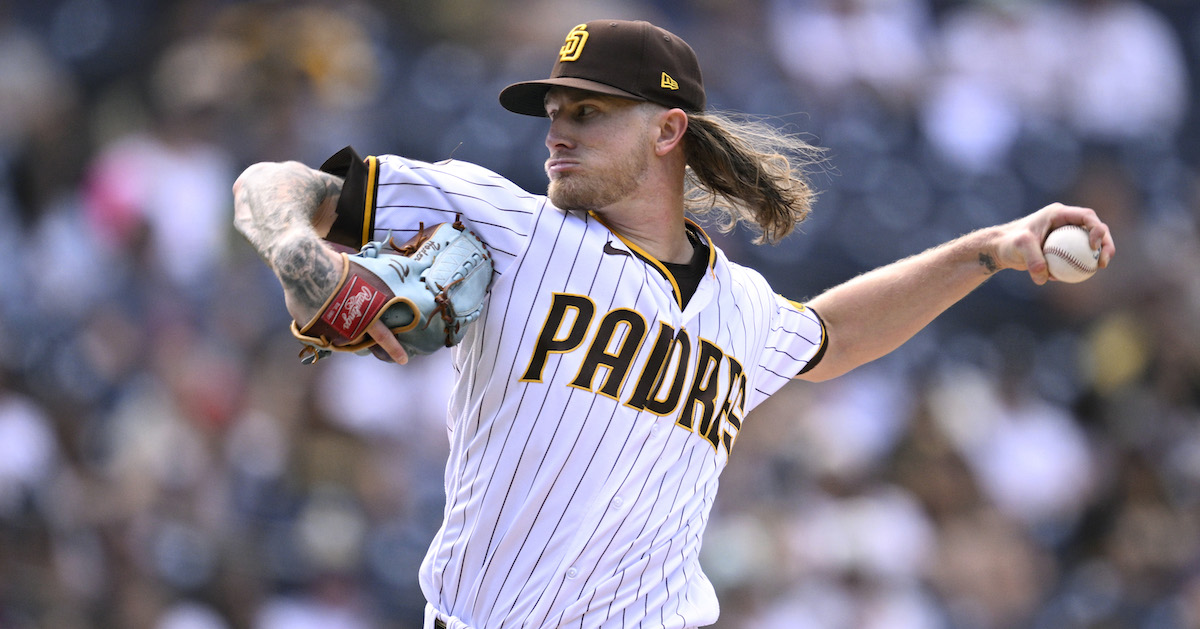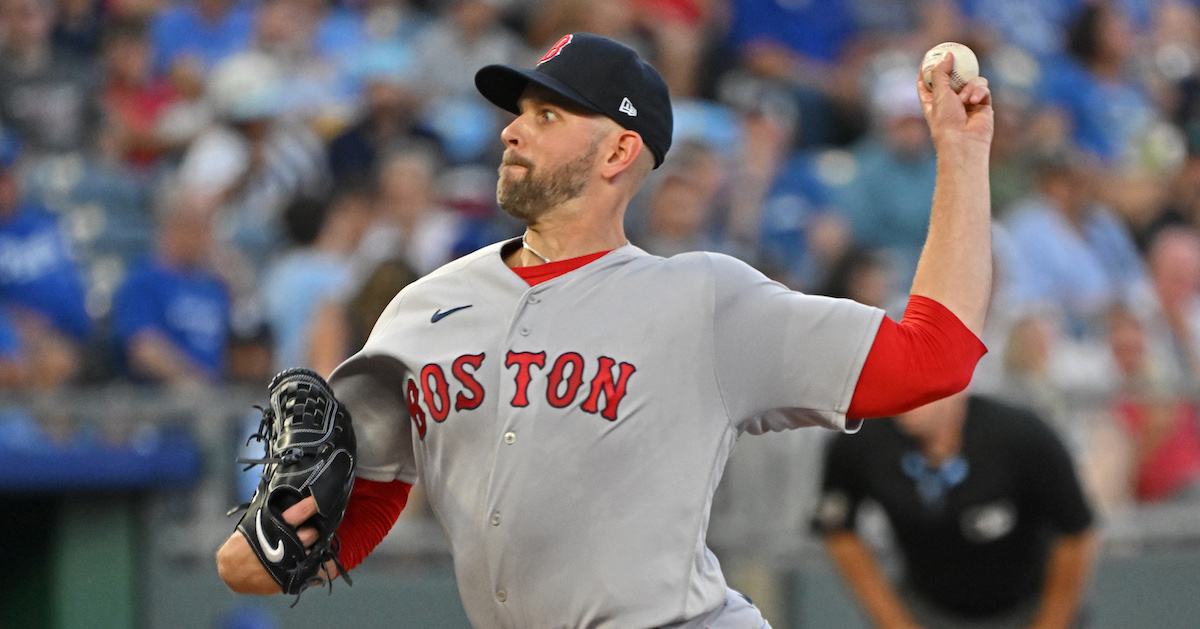Direct Links (Please see full job postings below):
Area Scout, Amateur Scouting
Amateur Scouting Fellow
Area Scout, Amateur Scouting
Primary Purpose:
The Cleveland Guardians are seeking an Area Scout to join their Amateur Scouting department. At a high level, Area Scouts execute the organization’s scouting process by knowing players and their areas well to prepare the organization for acquisition opportunities. Area Scouts will be expected to gather quality intel while building networks that extend through their region and into professional baseball.
The ideal candidate will be curious, creative, open-minded, and excited to work in a collaborative and rapidly changing environment. The candidate will be able to clearly communicate with others, build trusting relationships, and execute the organization’s vision through passion, resourcefulness, and strategic thinking. They will take the initiative to advance the Guardians’ procedures and philosophies, especially related to our scouting process and the Major League Baseball draft.
Essential Duties & Responsibilities:
- Lead and execute the scouting process by applying organizational philosophies to know players and the assigned area well.
- Build and maintain professional relationships with players, families, and stakeholders across the amateur baseball landscape.
- Gather and document information to provide holistic assessments and further the organization’s understanding of players. This includes but is not limited to biographical, background, and scheduling information; video capture; unique data collection; and otherwise.
- Communicate and collaborate with internal stakeholders daily.
Requirements:
The Cleveland Guardians are committed to developing and maintaining an environment that embraces all forms of diversity to enrich our core values, enhance our competitive position, strengthen our impact within our community, and foster a greater sense of belonging for our employees. In this spirit, we know studies have shown that people from historically underserved groups – including women, people of color, people from working-class backgrounds, and people who identify as LGBTQ – are less likely to apply for jobs unless they believe they meet every one of the qualifications as described in a job description.
We are most interested in finding the best candidate for the job and understand that candidates may bring certain skills and experiences to the role that are not listed within this job description, but that would add tremendous value to our organization. We would encourage you to apply, even if you don’t believe you meet every one of our qualifications described.
- Bachelor’s degree or prior professional experience
- Demonstrated passion for scouting, baseball analytics, sports science, hitting or pitching analysis and/or biomechanics, strength and conditioning, motor learning, or other baseball or softball-related fields.
Preferred Experience:
While we are looking for candidates who bring a variety of skill sets, successful Area Scouts have possessed some of the following skills:
- Proficiency with Microsoft Office.
- Working knowledge of advanced baseball statistics and publicly available research.
- The ability to communicate in Spanish is a plus but not necessary.
- Demonstrated experience with a database language such as SQL.
Standard Requirements:
- Represents the Cleveland Guardians in a positive manner to the scouting community, players, coaches, and the general public.
- Reads, speaks, comprehends, and communicates English effectively across all mediums.
- This position will require travel to games, workouts, and events across the country.
- Ability to develop and maintain successful working relationships with members in all departments of the organization.
- Ability to act according to organizational values in pursuit of excellence at all times.
- Ability to work with diverse populations and have a demonstrated commitment to social justice.
- Ability to walk, sit, or stand for an entire shift.
- Ability to work extended days and hours, including holidays and weekends.
- Ability to move throughout all areas and levels of a ballpark.
- Ability to work in a diverse and changing environment.
- Occasional physical activity such as lifting and carrying equipment up to 25 lbs.
To Apply:
To apply, please follow this link.
Amateur Scouting Fellow
Primary Purpose:
The Guardians Fellowship program is designed to accelerate the pace of development and impact for people interested in working for our organization. Fellowship roles are focused on solving complex challenges and developing new approaches, tools, and techniques to meaningfully drive the organization forward.
The Guardians are seeking Fellows to join their Amateur Scouting department. Each Fellow will collaborate with and be a resource for the Amateur Scouting staff. Fellows will be expected to manage the collection of multiple data streams on amateur players to prepare the organization for acquisition opportunities.
The ideal candidate will be curious, creative, open-minded, and excited to work in a collaborative and rapidly changing environment. The candidate will be able to clearly communicate with others, build trusting relationships, and execute the organization’s vision through passion, resourcefulness, and strategic thinking. They will take the initiative to advance the Guardians’ procedures and philosophies, especially related to the Major League Baseball draft.
Essential Duties & Responsibilities:
- Understand and apply organizational philosophies to all phases of the scouting and information-gathering processes.
- Assist with the organization and execution of the scouting process through robust data/information collection to support and contribute to holistic player assessments.
- Assist scouting staff with various administrative tasks, such as database management and scheduling.
- Manage data collection and submission processes from all player assessment opportunities, including but not limited to games, workouts, and events.
Requirements:
The Cleveland Guardians are committed to developing and maintaining an environment that embraces all forms of diversity to enrich our core values, enhance our competitive position, strengthen our impact within our community, and foster a greater sense of belonging for our employees. In this spirit, we know studies have shown that people from historically underserved groups – including women, people of color, people from working-class backgrounds, and people who identify as LGBTQ – are less likely to apply for jobs unless they believe they meet every one of the qualifications as described in a job description.
We are most interested in finding the best candidate for the job and understand that candidates may bring certain skills and experiences to the role that are not listed within this job description, but that would add tremendous value to our organization. We would encourage you to apply, even if you don’t believe you meet every one of our qualifications described.
- Bachelor’s degree or
- Demonstrated passion for scouting, baseball analytics, sports science, hitting or pitching analysis and/or biomechanics, strength and conditioning, motor learning, or other baseball or softball-related fields.
Preferred Experience:
While we are looking for candidates who bring a variety of skill sets, successful fellows have possessed some of the following skills:
- Proficiency with Microsoft Office.
- Working knowledge of advanced baseball statistics and publicly available research.
- The ability to communicate in Spanish is a plus but not necessary.
Standard Requirements:
- Represents the Cleveland Guardians in a positive manner to the scouting community, players, coaches, and the general public.
- Reads, speaks, comprehends, and communicates English effectively across all mediums.
- This position will require travel to games, workouts, and events across the country.
- Ability to develop and maintain successful working relationships with members in all departments of the organization.
- Ability to act according to organizational values in pursuit of excellence at all times.
- Ability to work with diverse populations and have a demonstrated commitment to social justice.
- Ability to walk, sit, or stand for an entire shift.
- Ability to work extended days and hours, including holidays and weekends.
- Ability to move throughout all areas and levels of a ballpark.
- Ability to work in a diverse and changing environment.
- Occasional physical activity such as lifting and carrying equipment up to 25 lbs.
To Apply:
To apply, please follow this link.
The content in this posting was created and provided solely by the Cleveland Guardians.

![]() Sponsor Us on Patreon
Sponsor Us on Patreon![]() Facebook Group
Facebook Group![]() Twitter Account
Twitter Account![]() EW Subreddit
EW Subreddit![]() Effectively Wild Wiki
Effectively Wild Wiki![]() iTunes Feed (Please rate and review us!)
iTunes Feed (Please rate and review us!)![]() Get Our Merch!
Get Our Merch!![]() Email Us: podcast@fangraphs.com
Email Us: podcast@fangraphs.com






